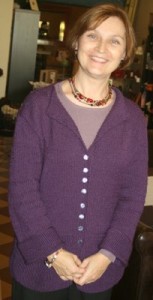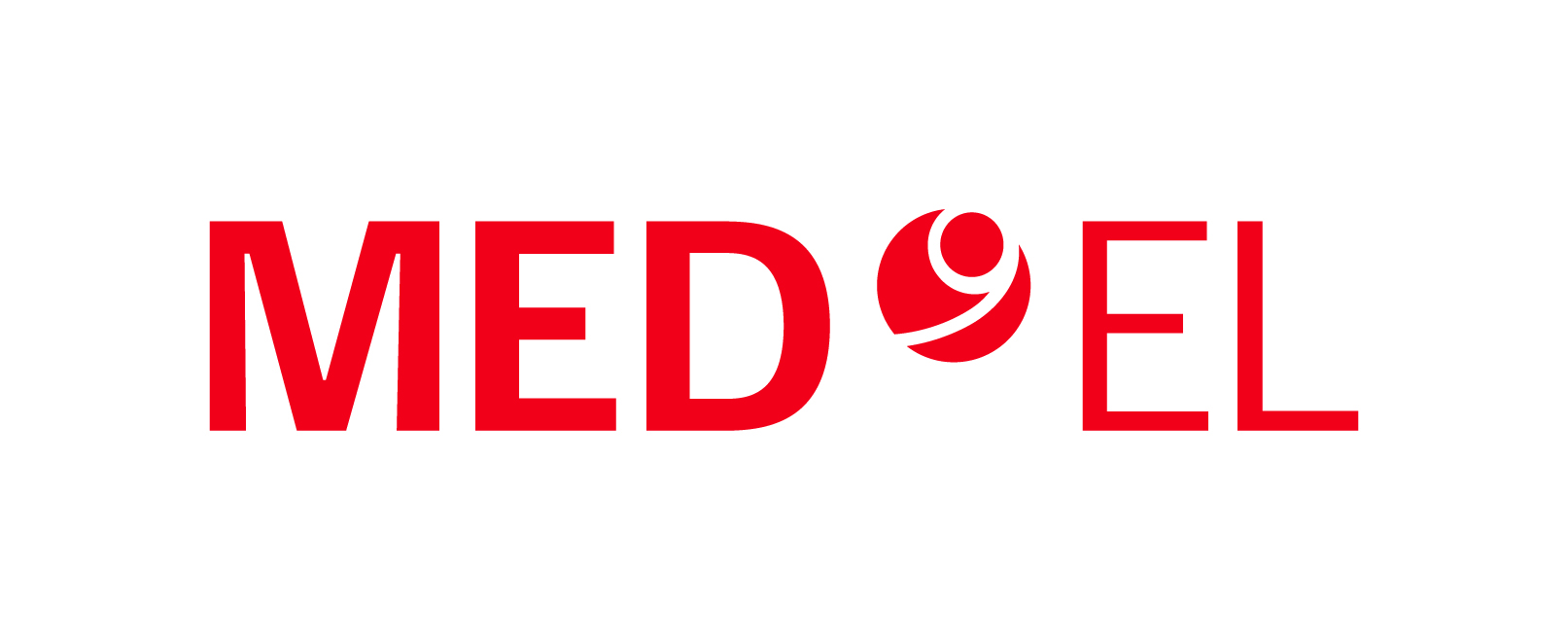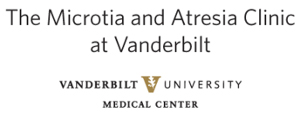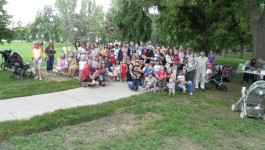I am a newcomer to the world of unilateral hearing loss. During Christmas of 2010, I contracted an upper respiratory infection with a lot of nasal congestion and “stuffy” ears. My hearing was normal up to that point in time. I awoke on Saturday morning with diminished hearing in my left ear. I felt as if I was under water trying to hear sounds and conversations. When I discovered that I could not hear a dial tone on the telephone, I knew I needed to seek medical attention. My training and education as a pediatric nurse practitioner would serve me well in the upcoming months in navigating the U.S. health care system.
I followed up with my primary care doctor who could identify no specific underlying pathology (e.g. – ruptured tympanic membrane), other than a viral upper respiratory infection. She suggested I return in 5-6 months if my hearing did not improve. This seemed like an unlikely option given the abruptness of the loss of hearing and I requested a referral to an ear, nose, and throat specialist at our regional medical center.
I was able to obtain an appointment with the ENT specialist within a few days of the primary care doctor. The initial physical exam of the ear was unremarkable. However, the screening with the audiologist was an entirely different matter. I was familiar with the hearing screen and knew what I should be hearing. I began to realize that what I was experiencing was more than a conductive hearing loss. The audiologist was superb and worked for close to 90 minutes to map out the potential areas of damage on the eighth cranial nerve. I still had areas of speech recognition at certain frequencies.
The outcome of the evaluation was Idiopathic Sensory Neural Hearing Loss. The ENT specialist and I discussed treatment options and decided to try a ‘Hail Mary’ approach. He started me on a month of large doses of oral steroids and a steroid injection to the inner ear. I also had an MRI with contrast to rule out any other pathology. The MRI was normal and the steroids had minimal, if any effect. We decided not to continue with any further inner ear injections.
The ENT specialist and I discussed one further treatment option that was relatively new to ISNHL. He had some experience with insertion of a bone anchored hearing device for other sensory neural hearing losses. I still had the sense of bilateral hearing and was a good candidate for the procedure. I did some outside research myself and agreed that this would be a good option.
In March 2011 I had the titanium screw inserted and wore a soft band with the Ponto for 3 months until the abutment was healed and ready to support the hearing device. I was glad to have this option offered as it gave me: 1.) time to adjust and work with the device; and 2.) improved hearing.
Adjustments to the changes in hearing are still a work in progress. I find it difficult to be in large crowds or noisy restaurants; it is hard to localize or identify certain sounds. As with other individuals with unilateral hearing loss, I intentionally place myself where my ‘good’ ear is in a location where I can best pick up conversations. Aside from care of the abutment, there is little other change in my daily routine.
Bethany Geldmaker, PhD, PNP








Leave a Comment
You must be logged in to post a comment.